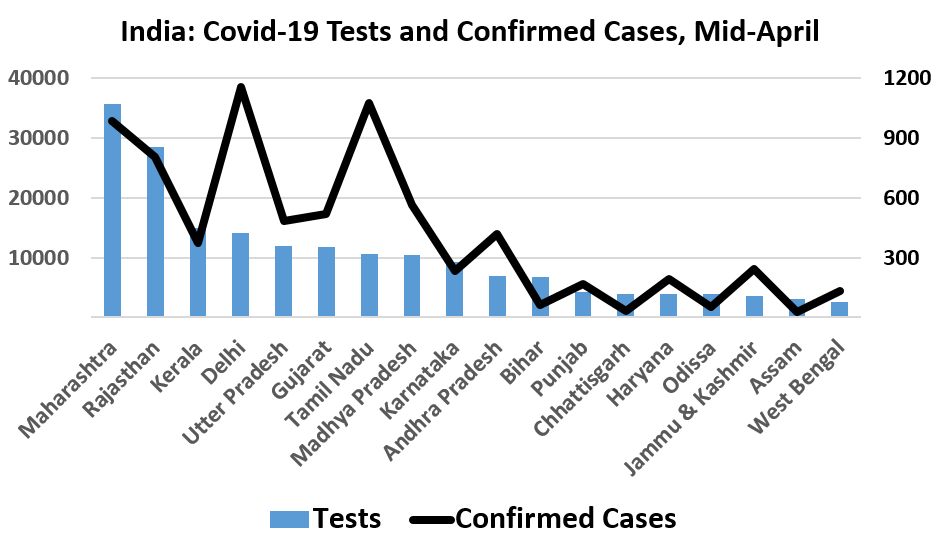Hate Goes Viral in India: Diplomat
Questions emerge over India’s Covid-19 response with displaced migrant workers, food shortages and low testing rates. Analysts also continue to criticize the Indian government’s abrupt lockdown imposed with four hours’ notice. “Mandating social distancing in a country where cities have high population densities, and also announcing a complete shutdown of transportation necessary for people to return to their hometowns, was the proverbial Catch-22,” explains Siddharthya Roy for the Diplomat. Another challenge: Efforts to link the pandemic with minority groups. Religious groups have complicated government efforts to slow Covid-19’s spread. Even as the Health Ministry of India continued to advise that coronavirus was not a health emergency, a large group of Tablighi Jamaat followers from multiple nations gathered in New Delhi for a March meeting, resulting in a spike of Covid-19 cases for India. Likewise, Hindu and other groups insisted on gatherings. Angry, misleading rhetoric has led to mob attacks and other hate crimes. Roy concludes, “The deployment of mindless hate-mongering has become so obvious and intolerable that not just other political parties, but even the BJP’s parent organization, the Rashtriya Swayamsevak Sangh, publicly distanced itself from it.” Social cooperation, not divisions, will slow Covid-19’s spread. – YaleGlobal
Hate Goes Viral in India: Diplomat
The Covid-19 pandemic has accentuated anti-Muslim bias in India even as multiple religious groups resist government’s containment efforts
Tuesday, May 5, 2020
Read the article from the Diplomat about the Covid-19 pandemic exacerbating anti-Muslim bias.
Siddharthya Roy is a New Delhi-based correspondent on South Asian affairs.

The Diplomat
© 2020 DIPLOMAT MEDIA INC. ALL RIGHTS RESERVED.